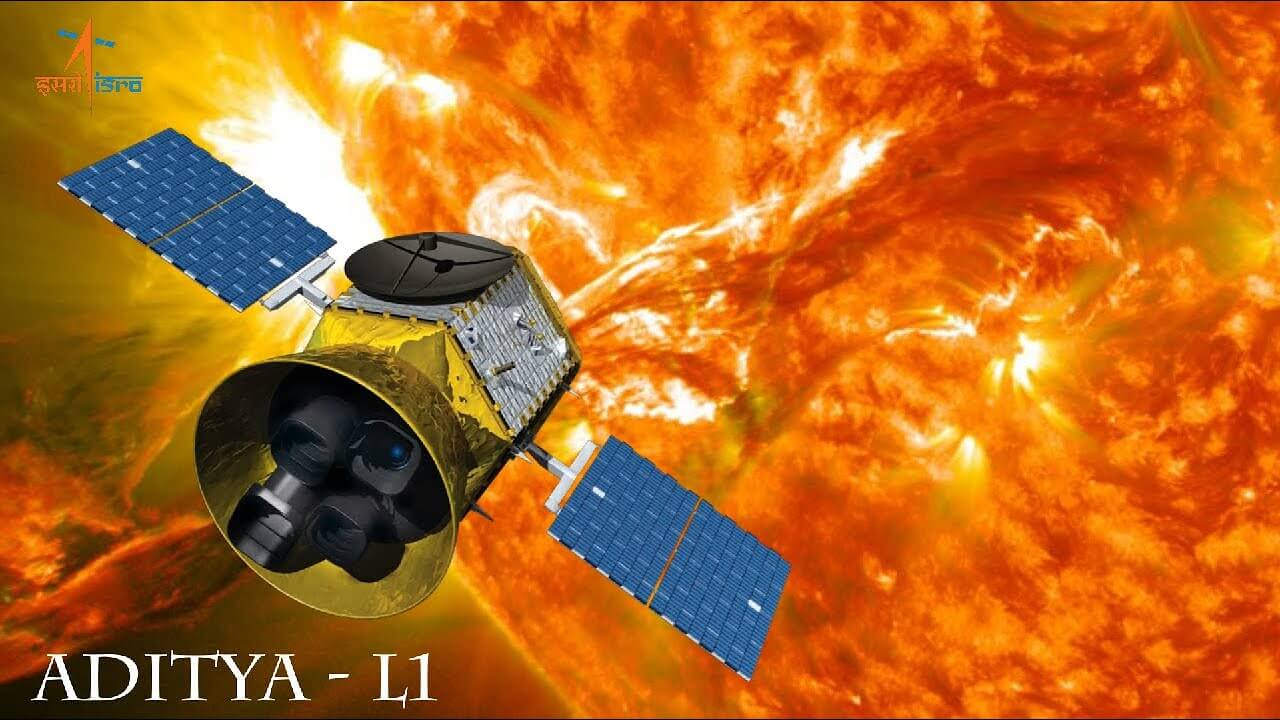Table of Contents
About Aditya Mission:
India’s ambitious entry into the field of solar investigation is the Aditya L1 mission, which takes its name from the Sanskrit word for “sun.” This historic journey attempts to solve some of the mysteries that have fascinated scientists for years and advance our knowledge of the Sun, which is our nearest star. The Aditya L1 mission intends to shed new light on solar dynamics, magnetic activity, and the solar corona with its cutting-edge instrumentation and advanced technologies, making a substantial contribution to both space science and our practical understanding of space weather.
Mission Objectives:
Aditya L1 will be launched by the Indian Space Research Organisation (ISRO), its mission is designed to address fundamental questions about the Sun’s behavior and its impact on space weather. The key objectives of the mission include:
- Studying Solar Corona: The solar corona, the outermost layer of the Sun’s atmosphere, is a region of intense heat and dynamic activity. Aditya L1 aims to examine the corona’s properties, temperature variations, and the mechanisms behind its extreme heating, which has puzzled scientists for years.
- Solar Magnetic Fields: The mission will investigate the Sun’s magnetic fields and their role in driving solar activity such as sunspots, solar flares, and coronal mass ejections. Understanding these phenomena is crucial for predicting space weather and its potential effects on Earth’s technology and infrastructure.
- Solar Wind: Aditya L1 will study the solar wind, a stream of charged particles emanating from the Sun. By analyzing the speed, composition, and variability of the solar wind, scientists can gain insights into its interaction with the Earth’s magnetosphere and the potential impacts on satellites, communication systems, and power grids.
- Variability of Solar Radiation: The mission aims to quantify the Sun’s energy output and how it varies over time. This data is essential for understanding the Sun’s influence on Earth’s climate and weather patterns.

Instrumentation onboard for Aditya L1:
The Aditya L1 spacecraft will carry an array of advanced instruments to achieve its scientific goals:
- Visible Emission Line Coronagraph (VELC): This instrument will image the solar corona in visible light using a special coronagraph to block out the Sun’s glare, revealing finer details of the corona’s structure and dynamics.
- Plasma Analyser Package for Aditya (PAPA): PAPA will measure the properties of solar wind and its variations, helping scientists understand its interactions with Earth’s magnetosphere.
- Solar Ultraviolet Imaging Telescope (SUIT): SUIT will capture high-resolution images of the Sun in ultraviolet wavelengths, allowing researchers to study the dynamics and temperature variations of the solar atmosphere.
Key takeaways:
The Aditya L1 mission is extremely important for both theoretical and practical space applications. The mission will advance our knowledge regarding solar events, which will lead to more precise space weather forecasts, which are essential for protecting satellite operations, communication networks, and power grids. Additionally, it will help to improve models of solar activity and its possible impact on climate.
The mission also demonstrates India’s expanding space technology and exploration capabilities. It underlines ISRO’s dedication to advancing space science and is an important step toward positioning India as a key role in the international space research community.
